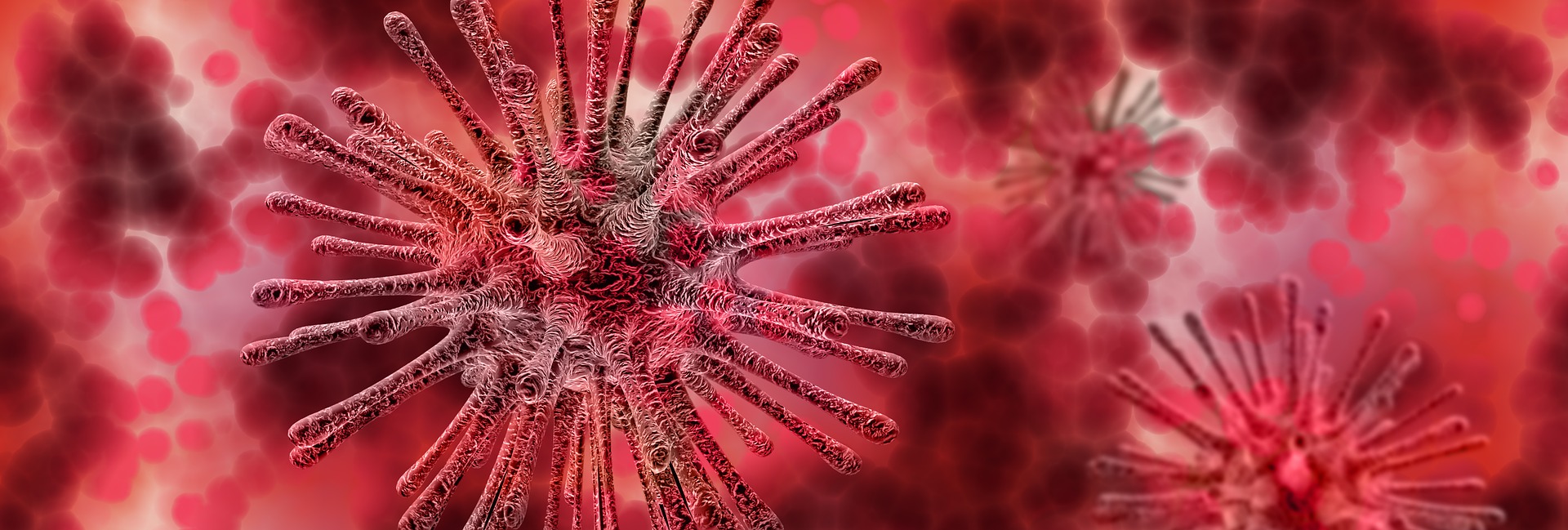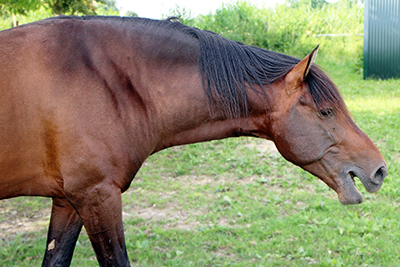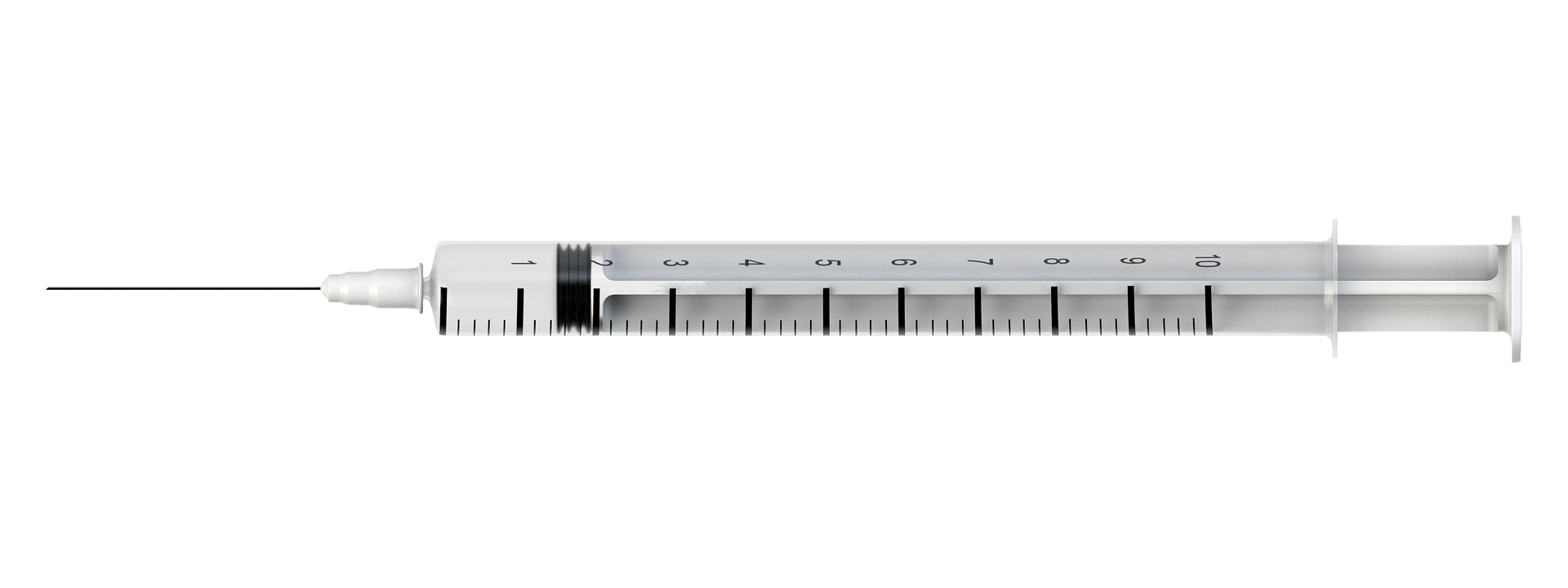How Equine Flu Vaccination Stimulates Immunity
At a time when the equine flu virus is more active than ever and new cases are being confirmed every week, understanding how vaccination is protective and why it is so important has never been more topical. In this article, Kristen Holland BVMed (hons) MRCVS from Paragon Equine in Cumbria, explains more.
 The Immune System of any animal functions to defend that animal from infection by bacteria, viruses and parasites. The part of the immune system which functions and responds quickly to firstly detect and then eliminate infectious substances from the body initially, is not very efficient in achieving these goals. This is called the innate immune system and will function during the early stages of a new infection in the body. The other part of the immune system (the adaptive immune system) requires time from exposure to an infective substance, in order to produce a much more effective response to eliminate the particular infectious organism from the body.
The Immune System of any animal functions to defend that animal from infection by bacteria, viruses and parasites. The part of the immune system which functions and responds quickly to firstly detect and then eliminate infectious substances from the body initially, is not very efficient in achieving these goals. This is called the innate immune system and will function during the early stages of a new infection in the body. The other part of the immune system (the adaptive immune system) requires time from exposure to an infective substance, in order to produce a much more effective response to eliminate the particular infectious organism from the body.
The adaptive immune system works when certain cells within the body firstly recognise an organism as foreign, and then secondly, produce proteins called antibodies which are selective to this particular organism. These antibodies then attach to the specific organism to which they are selective, whenever this organism is recognised. This stops the organism from being able to infect cells in the body and allows other cells to then effectively target and destroy the organism. Antibodies trigger a large number of specific immune responses to become active and by doing so, neutralise an infection before it has a significantly damaging effect on the body.
In order for the adaptive immune system to function and produce antibodies, it needs time to recognise an organism as foreign to the body and then create and produce a specific response to this organism. This response will therefore not be immediate the first time the body encounters a particular challenge and the body will initially rely on its innate immune system to keep the infection under control until its adaptive immune system can produce a much more effective response. Once the adaptive immune system has been exposed to a certain organism, it will remember this particular organism and when it recognises this same organism again, it will be able to produce a very specific and effective response very quickly. This is the reason why once any animal (including us humans) has been infected with a particular disease-causing organism, that individual will usually not become ill with the same disease again if they exposed to it in the future. The ‘memory’ of the immune system persists for differing time periods – not indefinitely - depending on the nature of the infectious challenge, which is why we need to vaccinate.
The principle of vaccination for any disease is to expose the adaptive immune system of the body to a modified version of the infective organism in question so that it creates a specific response to that organism, but the animal does not become ill. Next time the animal comes into contact with that specific organism it should have a memory of this organism and an adaptive immune response will occur much quicker, and therefore it will not become ill as it would have done if this was the first time the organism challenged the body.
A lot of vaccinations are most effective if the body is exposed to a modified version of the infective organism (in the vaccine) more than once, with a specific gap in time in between exposures. This is known as the ‘primary’ course of vaccinations and ensures that with the initial vaccination, the immune system creates a memory to enable it to quickly produce a response in the body if exposed to the same organism again. With the second and subsequent vaccinations, the specific response to the organism happens quickly and the immune system becomes fully prepared (maximum immunity) should be animal be exposed to the actual infective substance to which the vaccine is specific. If this happens, as is occurring with the current equine flu cases, the animal will then have an immediate and effective response ready to fight infection from that organism.
Vaccination protocols are developed to induce the most effective immune response possible to give the highest amount of protection against each specific disease. This protocol may be different for each type of vaccination. The level of immunity that an animal will develop will be at its highest following the primary course and then again after each booster vaccination, slowly declining over time. Re-exposure to the modified substance with the next booster vaccination will induce a renewed immune response within the body, so that maximum immunity will be re-established. It is essential that the primary vaccination course, however long ago it was given, was done within the correct time intervals, otherwise maximum immune response will not have developed and booster vaccinations will only stimulate the same sub-maximal immune response.
The influenza virus is able to constantly modify itself, meaning it is always changing. These changes will be very minimal and because of that fact, an animal which has been correctly vaccinated against flu will always have immunity to the virus. This immunity will be completely effective where the strain in the vaccination is identical to that which has infected the animal, but where the strain of the virus is slightly altered from the strain present in the vaccine, the vaccinated animal will likely show only very mild clinical signs of the flu. These will include a mild cough and nasal discharge.
 The strains of Equine Influenza currently present in the UK and Europe are under constant surveillance and care is taken to ensure that vaccines contain the most up to date strain which is circulating in the equine population. Thus it can be seen that booster vaccinations are important to improve immunity at a time when there is the possibility of spread of Equine Influenza; this improved immunity should work to limit the spread of disease as much as possible and ensure that horses show only mild signs of infection if they are exposed to the disease.
The strains of Equine Influenza currently present in the UK and Europe are under constant surveillance and care is taken to ensure that vaccines contain the most up to date strain which is circulating in the equine population. Thus it can be seen that booster vaccinations are important to improve immunity at a time when there is the possibility of spread of Equine Influenza; this improved immunity should work to limit the spread of disease as much as possible and ensure that horses show only mild signs of infection if they are exposed to the disease.
There are certain situations where a horse’s immunity will be compromised; these include old age, foals, if a horse has been excessively stressed recently, if they are already ill with another condition and if they have poorly controlled Cushing’s Disease (PPID). Any immune-compromised horse will be even more susceptible to Equine Influenza, but is also likely to produce a poorer response to the vaccination and therefore have a lower level of protection from the disease than a horse with a fully responsive immune system.
This year has seen a large number of cases of Equine Influenza virus across the UK, which has led to the current advice that boosting vaccinations at six monthly intervals will give horses the best immune response to the disease should they come into contact with it. Vigilance is key to controlling spread of the disease, horses should be monitored for any signs of coughing or nasal discharge, temperatures can also be taken to ensure they are within the normal range.
 If you do plan to take your horses out this summer, ensure they are up to date with booster vaccinations, having also received a full and correctly timed primary course initially and take care to not come into excessive contact with other horses whilst at an event. If horses from any premises are going out competing, there is a risk that they can bring Equine Influenza back with them, even if they are vaccinated and this can pose a significant risk to any other horses on the same premises that are unvaccinated. Such horses are now at risk of becoming infected and are extremely susceptible to the effects of the disease, as their immune system will not respond quickly and effectively to the infection, hence it is likely they will show extreme signs of the illness. It is important to also note that Equine Influenza can pass through the air from one yard to another for up to a mile, so even if your horses do not leave the yard, if neighbouring horses are doing so, there is a possibility they can catch the disease and it may pass to nearby horses, including yours.
If you do plan to take your horses out this summer, ensure they are up to date with booster vaccinations, having also received a full and correctly timed primary course initially and take care to not come into excessive contact with other horses whilst at an event. If horses from any premises are going out competing, there is a risk that they can bring Equine Influenza back with them, even if they are vaccinated and this can pose a significant risk to any other horses on the same premises that are unvaccinated. Such horses are now at risk of becoming infected and are extremely susceptible to the effects of the disease, as their immune system will not respond quickly and effectively to the infection, hence it is likely they will show extreme signs of the illness. It is important to also note that Equine Influenza can pass through the air from one yard to another for up to a mile, so even if your horses do not leave the yard, if neighbouring horses are doing so, there is a possibility they can catch the disease and it may pass to nearby horses, including yours.
Veterinary advice regarding Equine Influenza remains the same. Horses should receive booster vaccinations at six monthly intervals following a full primary course and should be monitored for any signs of disease. If there are any concerns at any time, then you should contact your vet.
Article by Kristen Holland BVMed (hons) MRCVS, Paragon Equine.
Tel: 01768 483789
Email: Paragon Equine, Newbiggin, Cumbria
Website: This email address is being protected from spambots. You need JavaScript enabled to view it.



